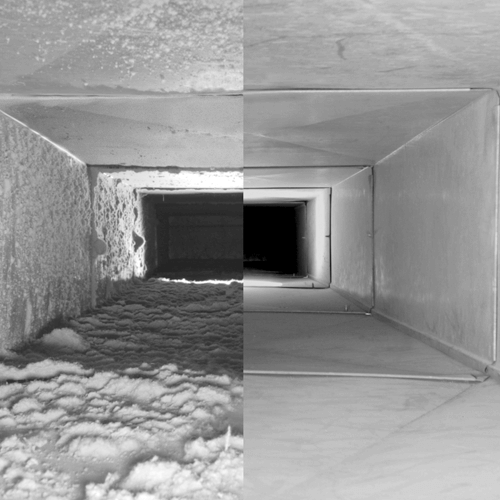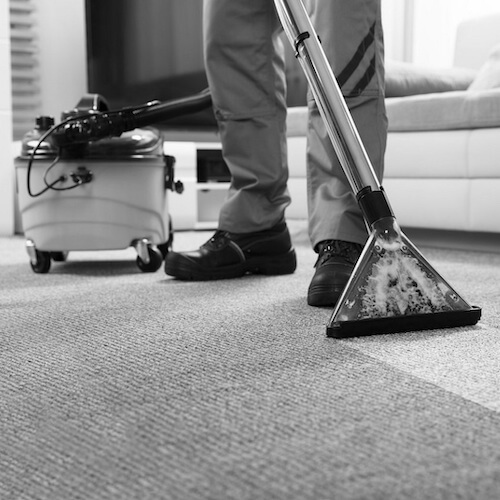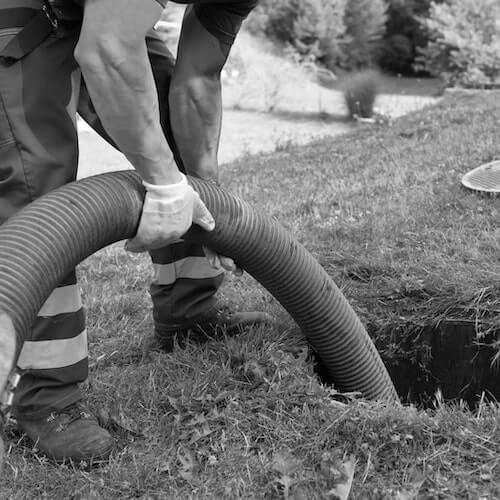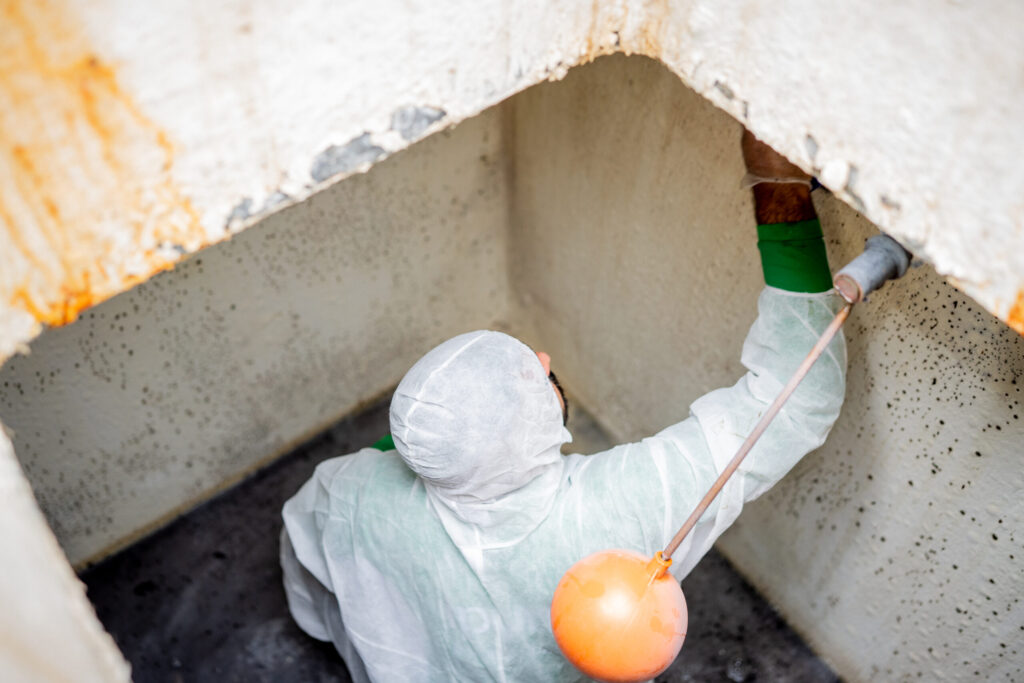Indoor air pollution is an often overlooked but significant environmental issue affecting millions of people worldwide. While we tend to associate air pollution with outdoor spaces, the air quality inside our homes, offices, schools, and other indoor environments can have a profound impact on our health and well-being.
Understanding Indoor Air Pollution
Indoor air pollution refers to the presence of harmful pollutants in the air within enclosed spaces. These pollutants can originate from both indoor and outdoor sources, and their accumulation can reach levels that exceed outdoor air pollution levels. Common indoor pollutants include:
- Volatile Organic Compounds (VOCs): Found in paints, cleaning products, furniture, and carpets, VOCs can release harmful gases into the air, leading to respiratory problems, allergic reactions, and even long-term health issues.
- Biological Contaminants: These include mold, bacteria, viruses, dust mites, and pet dander. They thrive in humid environments and can trigger allergies, asthma, and other respiratory ailments.
- Particulate Matter (PM): Particles such as dust, pollen, smoke, and soot can become suspended in the air, posing a threat to our respiratory system when inhaled. Fine particles (PM2.5) are of particular concern as they can penetrate deep into our lungs.
Sources of INDOOR AIR POLLUTION
Inadequate Ventilation
- Poor ventilation restricts the flow of fresh outdoor air into indoor spaces.
- Inadequate ventilation systems or sealed windows prevent the proper exchange of indoor and outdoor air.
- Without sufficient ventilation, indoor air pollutants become trapped and accumulate within the space.
- Lack of fresh air circulation leads to stagnant indoor air, increasing the concentration of harmful pollutants.
- Insufficient ventilation exacerbates the health risks associated with indoor air pollution, potentially causing respiratory issues and other health problems.
2. Combustion Sources
- Appliances such as stoves, fireplaces, and heaters that burn fuels like gas, oil, coal, or wood emit pollutants into the indoor air.
- Combustion of these fuels releases harmful substances, including carbon monoxide (CO), nitrogen dioxide (NO2), and particulate matter.
- Carbon monoxide is a colorless and odorless gas that can be lethal in high concentrations, leading to symptoms like headaches, dizziness, and even death.
- Nitrogen dioxide, produced during the combustion process, can irritate the respiratory system, cause respiratory infections, and worsen asthma symptoms.
- Particulate matter, consisting of tiny particles suspended in the air, can be inhaled and cause respiratory issues, particularly fine particles (PM2.5) that can penetrate deep into the lungs.
3. Building Materials
Certain building materials and furnishings can release pollutants into the indoor air gradually.
Asbestos, a harmful mineral once commonly used in construction, can release asbestos fibers when disturbed, leading to serious respiratory diseases such as mesothelioma and lung cancer.
Formaldehyde, a volatile organic compound (VOC), can be emitted by various building materials, including plywood, particleboard, and certain types of insulation. Prolonged exposure to formaldehyde can cause respiratory irritation, allergies, and even cancer.
Lead, often found in older homes in paint and plumbing materials, can contaminate indoor air when deteriorating. Ingesting or inhaling lead particles can lead to developmental delays, neurological problems, and other severe health issues, especially in children.
Carpets, insulation, and furniture may contain various chemicals, such as flame retardants and volatile organic compounds (VOCs), which can off-gas over time. These chemicals can contribute to poor indoor air quality and potentially cause respiratory problems, allergic reactions, and other health concerns.
Effects of Indoor Air Pollution
The health effects of indoor air pollution can range from mild discomfort to severe respiratory conditions and even chronic diseases. Some notable effects include:
1. Respiratory Issues
Prolonged exposure to indoor air pollutants increases the risk of developing allergies, triggering allergic reactions such as sneezing, coughing, itching, and watery eyes.
Indoor air pollutants, particularly allergens like dust mites, mold spores, and pet dander, can worsen asthma symptoms, leading to frequent asthma attacks and respiratory distress.
Respiratory infections, such as bronchitis and pneumonia, are more likely to occur in individuals exposed to high levels of indoor air pollutants, as these pollutants can weaken the immune system and compromise respiratory health.
Chronic obstructive pulmonary disease (COPD), a progressive lung disease characterized by persistent respiratory symptoms and airflow limitation, can be exacerbated or even caused by long-term exposure to indoor air pollutants, particularly tobacco smoke and fine particles.
Prolonged exposure to indoor air pollutants has also been associated with the development of other respiratory conditions, such as chronic bronchitis, emphysema, and lung cancer.
2. Allergic Reactions
Dust mites, microscopic organisms commonly found in bedding, upholstery, and carpets, can trigger allergic reactions in sensitive individuals, leading to symptoms such as sneezing, coughing, and itching.
Mold spores, which thrive in damp and poorly ventilated areas, can become airborne and cause allergic reactions when inhaled. Common symptoms include sneezing, nasal congestion, coughing, and watery eyes.
Pet dander, consisting of tiny skin flakes and proteins shed by pets, can act as a potent allergen for individuals with pet allergies. Exposure to pet dander can result in symptoms like sneezing, wheezing, itching, and nasal congestion.
Allergic reactions triggered by dust mites, mold spores, and pet dander can vary in severity, ranging from mild discomfort to more pronounced symptoms that significantly impact daily life.
Individuals with allergies need to minimize exposure to these allergens through regular cleaning, maintaining proper indoor humidity levels, using allergen-proof bedding, and keeping pets out of bedrooms or designated allergen-free areas.
3. Cardiovascular Problems
Fine particles, known as PM2.5, and volatile organic compounds (VOCs) present in indoor air have been associated with increased risks of heart disease, high blood pressure, and stroke.
Prolonged exposure to these indoor pollutants can lead to inflammation, oxidative stress, and endothelial dysfunction, contributing to the development and progression of cardiovascular issues.
Fine particles can penetrate deep into the lungs and enter the bloodstream, potentially causing systemic inflammation and damaging blood vessels.
VOCs, emitted by various sources such as paints, cleaning products, and building materials, can contribute to the formation of harmful secondary pollutants and trigger adverse cardiovascular effects when inhaled.
Frequently Asked Questions
What are the common sources of indoor air pollutants?
Common sources include combustion appliances (stoves, heaters), building materials, cleaning products, and biological contaminants like mold and pet dander.
How can indoor air pollution affect my health?
Prolonged exposure can lead to allergies, asthma attacks, respiratory infections, and even chronic conditions like COPD. It can also contribute to cardiovascular issues and impaired cognitive function.
How can inadequate ventilation worsen indoor air pollution?
Poor ventilation limits the exchange of indoor and outdoor air, allowing pollutants to accumulate. Buildings with inadequate ventilation systems or sealed windows exacerbate this problem.
What are some examples of indoor pollutants that can trigger allergic reactions?
Dust mites, mold spores, and pet dander are common allergens found indoors that can cause symptoms like sneezing, coughing, itching, and watery eyes.
How can I reduce indoor air pollution?
Improve ventilation, regularly clean and maintain your living space, use low-emission products, and consider air purifiers to filter out pollutants. Avoid smoking indoors and address any moisture issues promptly to prevent mold growth.
Why Ipurity?
Are you concerned about the quality of the air you breathe indoors? Take control of your indoor environment and prioritize your health with ipurity. As a leading provider of air purification solutions, ipurity offers cutting-edge technologies to combat indoor air pollution.
Our advanced systems effectively remove harmful pollutants such as dust mites, mold spores, pet dander, fine particles (PM2.5), and volatile organic compounds (VOCs). By investing in ipurity, you can create a healthier and safer living or working environment for you and your loved ones.
Don’t compromise on indoor air quality. Visit our website or contact us today to learn more about how ipurity can help you breathe cleaner, fresher air. Take the first step towards improving your well-being and experience the difference ipurity can make in your life. Your health deserves the best – choose ipurity.














